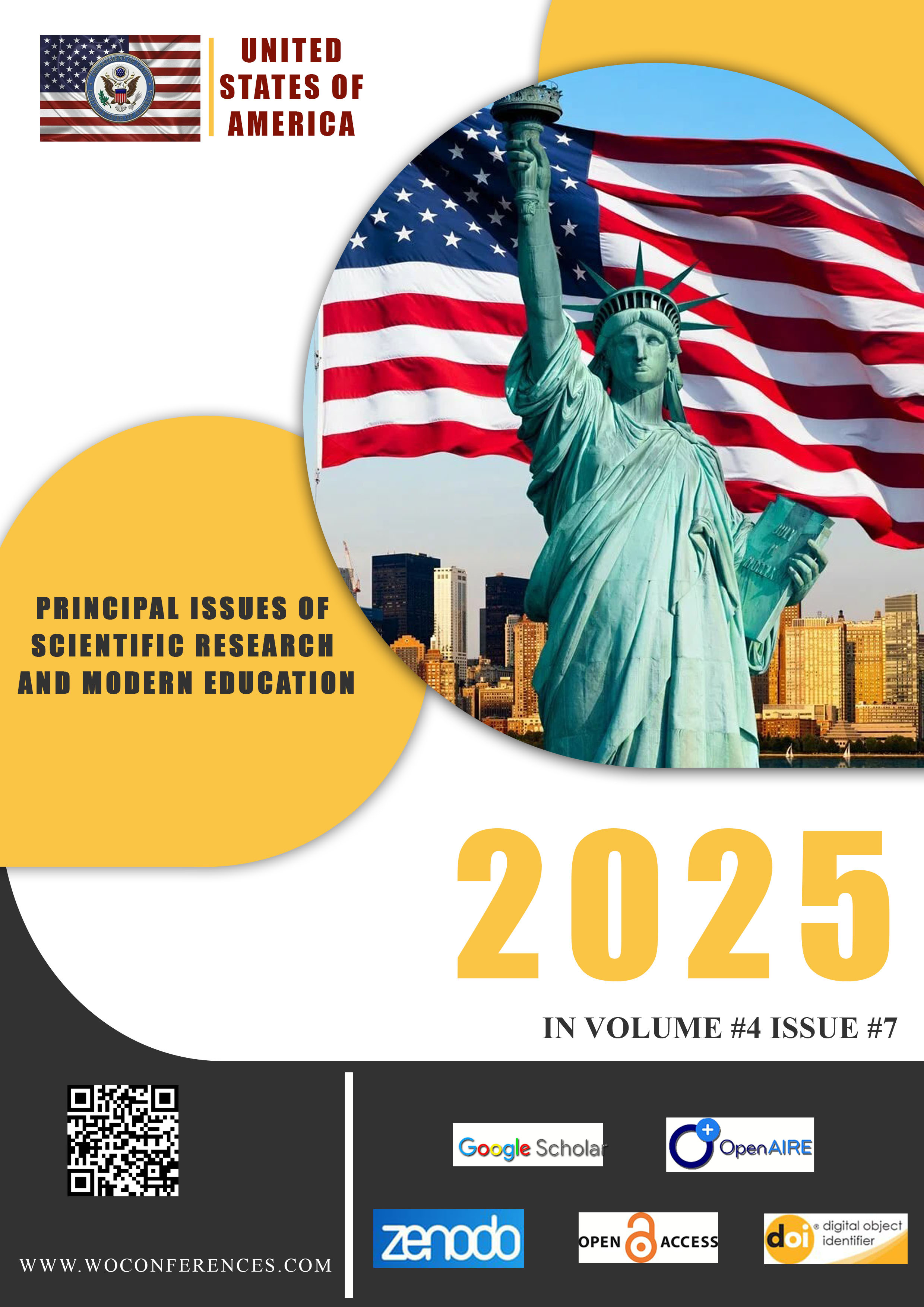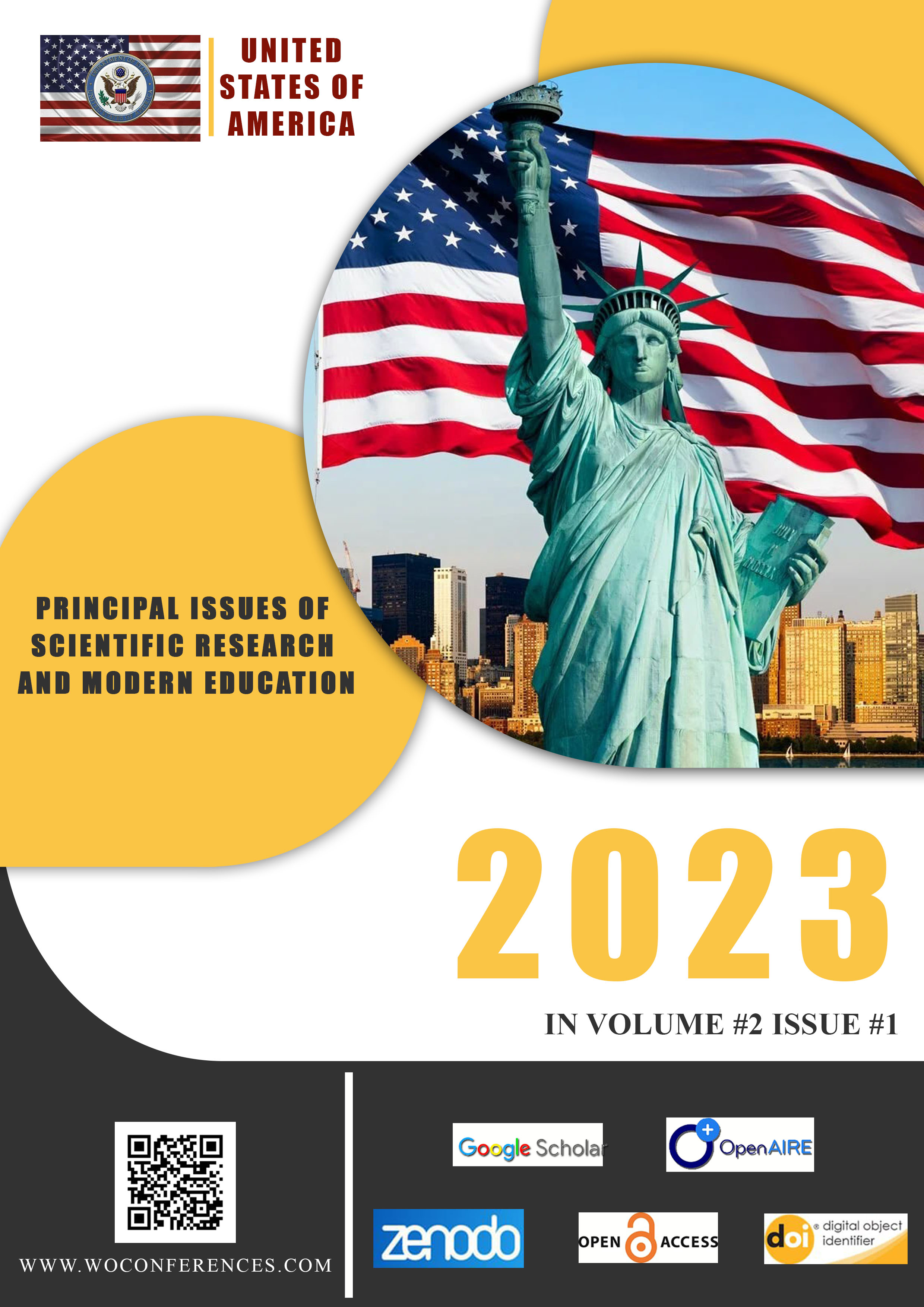EXPLORING THE EFFECTIVENESS AND LIMITATIONS OF FLIPPED LEARNING IN TEACHING ENGLISH AS A FOREIGN LANGUAGE
Keywords:
Keywords: Flipped Learning, English as a Foreign Language (EFL), Learner Autonomy, Student Engagement, Motivation, Language Skills, Interactive Learning, Educational TechnologyAbstract
Annotation: Flipped learning is one of the modern instructional models that reverses the traditional teaching process, and it becomes one of the most influential innovations in English language education. Instead of learning new material in class and practicing it at home, students first learn lessons through videos, readings, or other online materials beforeclass. Then classroom time is devoted to interactive, communicative, and problem-solving activities. This paper explores the effectiveness of flipped learning in teaching English as a Foreign Language (EFL). Based on the works of Bergmann and Sams (2012), Bishop and Verleger (2013), Abeysekera and Dawson (2015), Zainuddin and Halili (2016), Thai et al (2017), and Ahmad et al (2020) it shows how this approach fosters learnersʼ indepence, engagement, motivation, and linguistic ability. The findings from existing literature illustrate that flipped learning increases studentsʼ participation which allows more individualized feedback, and creates more meaningful opportunities for language practice. However, limitations such as lack of digital technology in some learning facilities, especially schools, and not prepared students for the class, and lack of teachers’ technological skills can be cause of challenges during class. The study integrates that flipped learning can improve EFLʼs effectiveness when supported by qualified teacher training and technological advancemant.
References
Abeysekera, L., & Dawson, P. (2015). Motivation and cognitive load in the flipped classroom: Definition, rationale and a call for research. Higher Education Research & Development, 34(1), 1–14.
Ahmad, S., Yousuf, M. I., & Alam, M. T. (2020). Flipped learning model in EFL classrooms: A review. Journal of Educational Technology and Online Learning, 3(1), 1–10.
Bergmann, J., & Sams, A. (2012). Flip your classroom: Reach every student in every class every day. International Society for Technology in Education.
Bishop, J. L., & Verleger, M. A. (2013). The flipped classroom: A survey of the research. ASEE National Conference Proceedings, Atlanta, GA.
Thai, N. T. T., De Wever, B., & Valcke, M. (2017). The impact of a flipped classroom design on learning performance in higher education. Computers & Education, 107, 113–126.
Zainuddin, Z., & Halili, S. H. (2016). Flipped classroom research and trends from different fields of study. The International Review of Research in Open and Distributed Learning, 17(3), 313–340.





